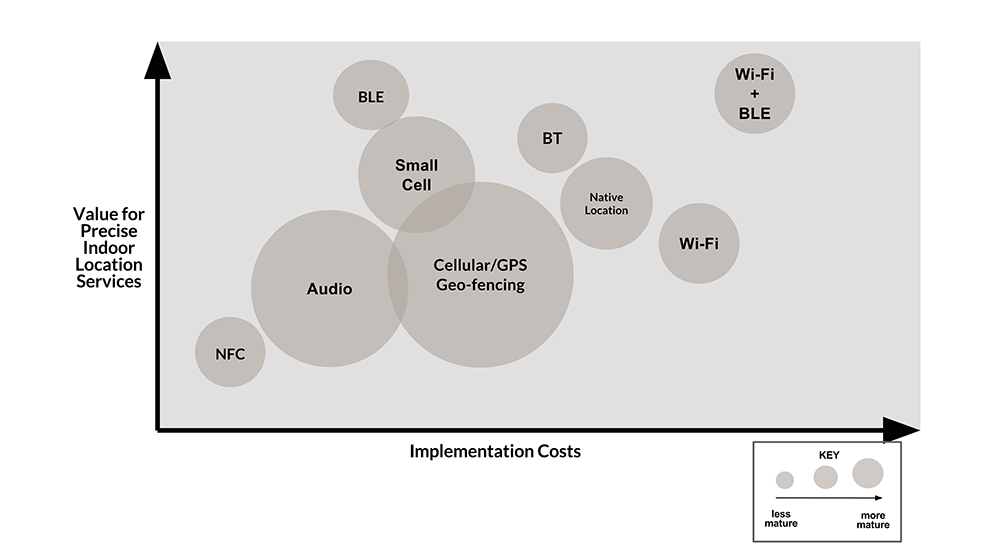The Internet of things can use RFID, QR code, intelligent sensors and other sensing devices to perceive and obtain all kinds of information of objects. Through the integration of Internet and wireless network, the information of objects can be transmitted in real time and accurately for information exchange and sharing. Various intelligent technologies can be used to analyze and process the perceived and transmitted data and information, so as to realize the intellectualization of monitoring and control. According to the above characteristics of the Internet of things, combined with the viewpoint of information science, around the flow process of information, we can summarize the information processing function of the Internet of things.

1、 WiFi Positioning Technology
Each wireless AP has a unique MAC address in the world, and generally speaking, the wireless AP will not move for a period of time. When the device turns on Wi Fi, it can scan and collect the surrounding AP signals, whether encrypted or connected, or even if the signal strength is not enough to be displayed in the wireless signal list, it can obtain the MAC address broadcast by the AP.
2、 Bluetooth location technology
Based on the RSSI (signal strength) value, the positioning is carried out through the triangular positioning principle.
Network side positioning: it is composed of beacon, intelligent terminal, Bluetooth gateway, server (positioning engine, database), etc. When the intelligent terminal enters the coverage range of beacon signal, the received RSSI value is uploaded to the server through Bluetooth gateway, which is processed by the positioning engine and can be managed and viewed in the management background.
Terminal side positioning: it is composed of beacon, mobile terminal, server (positioning engine, database), etc. When the mobile terminal enters the coverage of the base station, it measures the RSSI (signal strength) value it receives, measures the specific location through the built-in positioning algorithm, and performs display, navigation and other operations through the map engine.
3、 RFID indoor positioning technology
RFID indoor positioning technology uses RF mode and fixed antenna to adjust the radio signal into electromagnetic field. The tag attached to the article generates induced current after passing through the magnetic field to transmit the data, so as to exchange data through multi pair two-way communication, so as to achieve the purpose of identification and triangular positioning. RFID indoor positioning technology has a close working distance, but it can obtain centimeter level positioning accuracy information in a few milliseconds. Due to the advantages of electromagnetic field non line of sight, the transmission range is large, the volume of identification is relatively small and the cost is relatively low.
4、 Base station location technology
From the principle of location calculation, base station location can be roughly divided into three types: Location Technology Based on triangular relationship and operation, location technology based on scene analysis and location technology based on proximity relationship. It is mainly to estimate the azimuth of the moving target by using the signal attenuation change when the moving target is close to or away from the base station. If the signal power emitted by the moving target is known, when measuring the signal power at another point, the distance between the moving target and that point can be estimated by using a certain propagation model.
If you have any questions, please contact us by the following ways